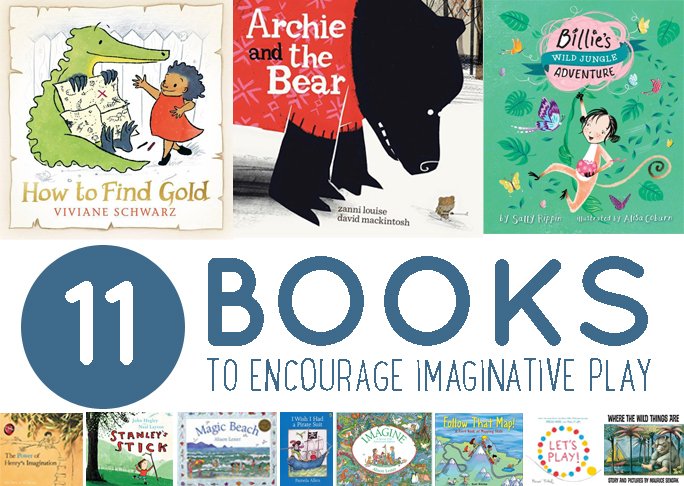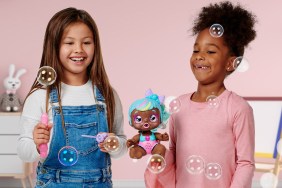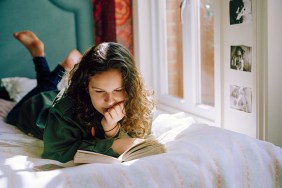We all know that giving kids healthy food supports their development. Likewise, most of us know that play is an important ingredient for raising happy, healthy and well-adjusted individuals. In play, toddlers and preschoolers test out life skills, like language, sharing and task completion. Young children take play very seriously. And so they should.
Research tells us that imaginative play, in particular,…








